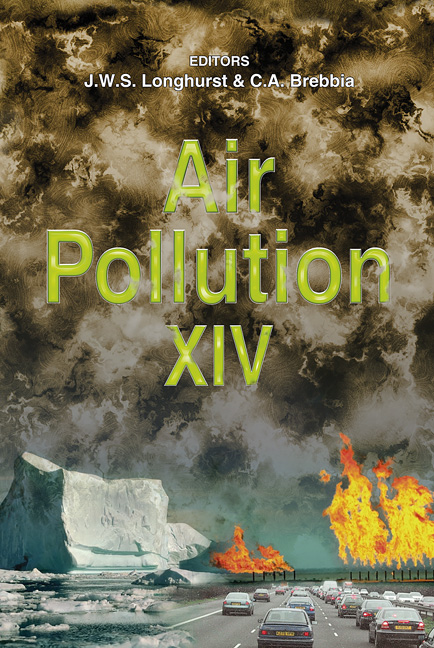A Comparison Of Vehicle Air Pollution Emissions Between Different Geodemographic Groups In The Kansas City Metro Area (USA) Using Remote Sensing
Price
Free (open access)
Transaction
Volume
86
Pages
17
Published
2006
Size
2,512 kb
Paper DOI
10.2495/AIR060321
Copyright
WIT Press
Author(s)
C. M. Hohl, G. Marotz, D. Lane, R. Carter, A. Ensz, S. Guerra & J. Anderson
Abstract
Five unique target groups were created geodemographically for the entire Kansas City metro area (USA). The target group design was based on the Mosaic system produced by Applied Geographic Solutions. The quantitative classification system grouped metro households according to the following six criteria: attitudes and actions about environmental issues, propensity to use a certain aged vehicle, tendency to do automotive maintenance, media preferences, types of messages they are likely to respond to, probable means to educate about environmental impacts of vehicle use, and probable range of personal vehicle emissions (from high polluter to efficient). Vehicle emissions testing sites were selected based on target group representation, and remote sensing equipment was used to discretely monitor emissions from passing cars. It was hypothesized that vehicle emissions would not vary among target groups. Data analysis revealed significant differences among the groups for individual pollutants. However, the ranking of the groups according to the amount of pollutant emitted is not consistent from pollutant to pollutant. Thus, overall results showed that vehicle emissions were relatively homogeneous throughout the metro area, and the null hypothesis could not be conclusively rejected. Key pollutants monitored included CO, CO2, hydrocarbons, and NOx. Keywords: remote sensing, geodemographic classification, vehicle emissions.
Keywords
remote sensing, geodemographic classification, vehicle emissions.





